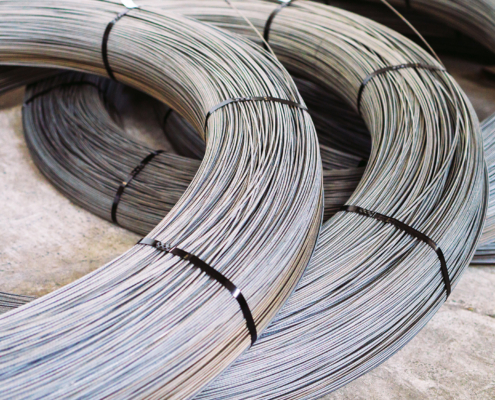 https://ringandping.com/wp-content/uploads/2025/07/How-Poor-Cabling-Can-Disrupt-Your-Warehouse-Operations.jpg12502000Abstrakt Marketing/wp-content/uploads/2024/05/ringandping_logo.svgAbstrakt Marketing2025-07-28 07:41:112025-08-15 13:42:30How Warehouse Cabling Problems Can Disrupt Your Operations
https://ringandping.com/wp-content/uploads/2025/07/How-Poor-Cabling-Can-Disrupt-Your-Warehouse-Operations.jpg12502000Abstrakt Marketing/wp-content/uploads/2024/05/ringandping_logo.svgAbstrakt Marketing2025-07-28 07:41:112025-08-15 13:42:30How Warehouse Cabling Problems Can Disrupt Your OperationsThe Ethernet Alliance, a worldwide association of experts dedicated to the continuing growth and success of Ethernet technologies, released the “2015 Ethernet Roadmap” during the Optical Fiber Communication Conference and Exposition in Los Angeles, CA on March 20th. Since Richard Metcalfe first conceived Ethernet protocol in 1973, Ethernet speeds have increased year after year without fail. Currently, the IEEE is working on the development of four new speeds — 2.5 Gigabit per second (Gb/s); 5 Gb/s; 25 Gb/s; and 400 Gb/s Ethernet. Now, nearly all businesses depend on this technology and many will see increasing benefit and growth from the ever-increasing speed if they continue to update their network and work to monetize the new wealth of data available to them. “Ethernet is constantly evolving and diversifying into new markets and application spaces. Such expansion is successful when there is greater visibility about a technology’s future. The 2015 Ethernet Roadmap will allow the industry to peer into Ethernet’s future,” said Scott Kipp, President of Ethernet Alliance. The 2015 Ethernet Roadmap predicts we will see speeds of 10 Tb/sec speeds about a decade from now. That’s 1,000x to 10,000x more speed than is found in the majority of data centers today. The call for more and more bandwidth for Ethernet networks is in part due to the changes that have happened in data. There’s just unimaginably more of it and the data is richer than in the past. Rich data, like digital video and mobile applications, require more bandwidth. While this trend has been lauded as game-changing for businesses, it can’t do much if a business isn’t able to capture, analyze and make use of the abundance of information. When fully utilized, all of this data can help businesses uncover new metrics about their customers, products, markets, and operations that they can in turn monetize. If you are currently experiencing errors or lagging network speeds, the issues you are facing will only get worse as your database grows. An older network set-up can only handle so much data. The more data you add and the more you try to use that data to manage your business processes and explore new monetization strategies, the more strain you will put on an outdated network set up. Maintenance costs and security risks related to operating outdated hardware add up and often will end up costing you more than new equipment. Investing in hardware and cabling upgrades can increase efficiency, reduce the overall size of your network and help grow your bottom line. This important investment will save you money and create a more sustainable future for your company. For more information on how to update your network cabling and how to best future-proof your business for the changes ahead, contact us at Ring and Ping Communications today. We’d be happy to provide you with a 100% free, no obligations consultation. Just give us a call at (714) 617-4025 and we will send out one of our expert technicians right away.
Share This Post
More Like This
 https://ringandping.com/wp-content/uploads/2025/07/How-Poor-Cabling-Can-Disrupt-Your-Warehouse-Operations.jpg12502000Abstrakt Marketing/wp-content/uploads/2024/05/ringandping_logo.svgAbstrakt Marketing2025-07-28 07:41:112025-08-15 13:42:30How Warehouse Cabling Problems Can Disrupt Your Operations
https://ringandping.com/wp-content/uploads/2025/07/How-Poor-Cabling-Can-Disrupt-Your-Warehouse-Operations.jpg12502000Abstrakt Marketing/wp-content/uploads/2024/05/ringandping_logo.svgAbstrakt Marketing2025-07-28 07:41:112025-08-15 13:42:30How Warehouse Cabling Problems Can Disrupt Your Operations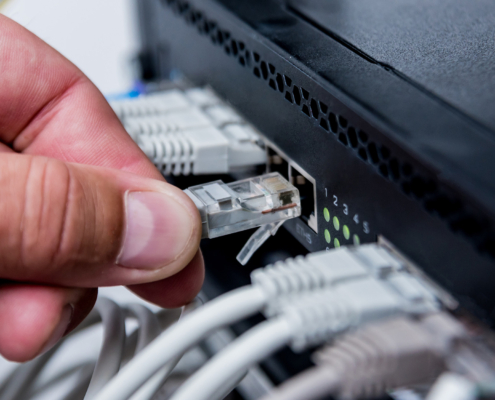
5 Ways Your Business Can Benefit From Improved Warehouse Cabling in Orange County

The Top LA Warehouse Network Cabling Challenges
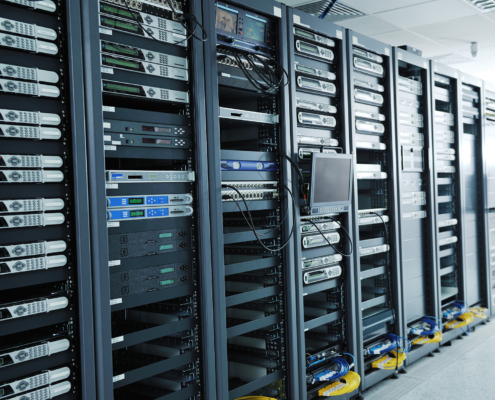
Common Warehouse Network Issues and How to Avoid Them at Your Facility

Why Reliable Network Cabling is Vital for Large Warehousing Operations

The Role of Network Cabling in Modern Warehouses

Choosing the Right Network Cabling for Your Warehouse: A Complete Guide
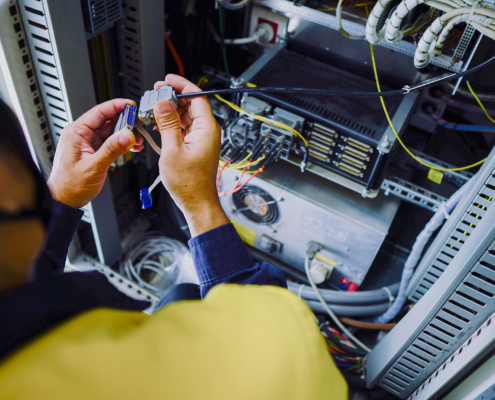
Premise Distribution Systems (PDS) and Why Fiber Optics Are the Future

